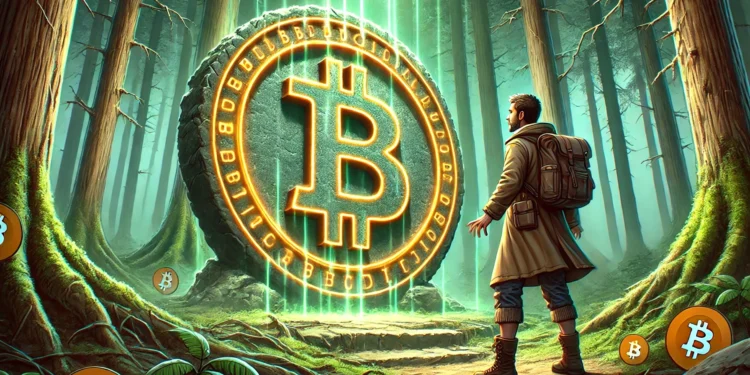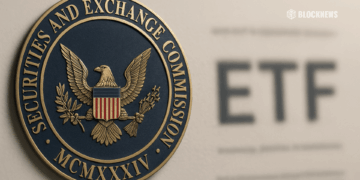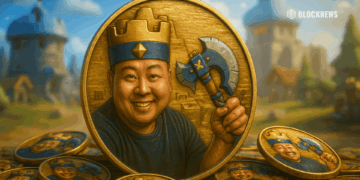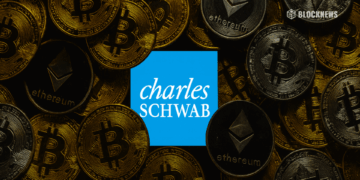- Bitcoin Runes protocol amassed $162.4 million in fees through 15.6 million transactions within four months of launching.
- The protocol experienced a peak in activity during the first two months, then saw a decline in daily transactions.
- Bitcoin Runes initially outperformed BRC-20 tokens in transaction volume but has seen reduced activity in recent months.
Bitcoin Runes, a novel protocol designed for non-fungible tokens (NFTs) on the Bitcoin network, has made a significant financial impact since its launch in April, generating $162.4 million in transaction fees across 15.6 million transactions. The protocol quickly gained traction, reflecting a robust initial uptake within the crypto community.
Early Success and Subsequent Decline
Data from Dune Analytics reveals that Bitcoin Runes saw the majority of its transactions within the first two months post-launch, often exceeding 300,000 transactions daily. The peak activity occurred on April 23, with over one million transactions recorded in a single day, constituting 81.3% of the total Bitcoin network bandwidth during that period.
However, following this initial surge, the daily transaction volume for Bitcoin Runes began to decline. Recent months have averaged around 50,000 transactions per day, marking a significant reduction from its early highs. This decline coincided with Bitcoin gradually reclaiming its dominance over the network, accounting for approximately 90% of the activity since mid-July.
Market Dynamics and Competitive Landscape
Bitcoin Runes was introduced as an efficient successor to Bitcoin Ordinals and a competitor to BRC-20 tokens. Over the four months, it generally maintained a higher daily transaction share compared to BRC-20 tokens, which only outperformed Runes on 13 individual days.
In terms of transaction types within the Runes protocol, mints were the most common, totaling over nine million transactions. This was followed by edicts and etching, which accounted for 6.5 million and 91,500 transactions, respectively.
Looking Forward
The future market potential for Bitcoin Runes remains a topic of interest among cryptocurrency enthusiasts and investors. According to Ignas, a pseudonymous decentralized finance researcher, the initial excitement surrounding new offerings like Runestone, RSIC, and PUPS—promising Rune token airdrops—could mimic the post-launch enthusiasm seen in other NFT markets, which often cools off after initial spikes.
Furthermore, the Bitcoin layer-2 network Stacks is preparing to launch a trading solution that will support transactions for Runes, BRC-20s, and Ordinals inscriptions, potentially providing a new platform for their trade and utilization.














